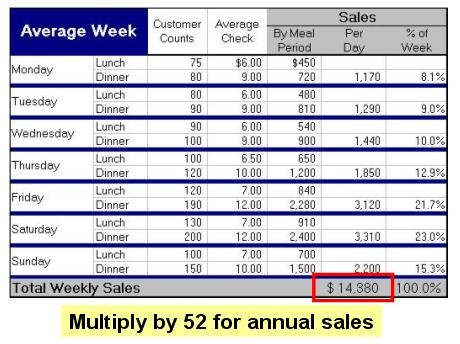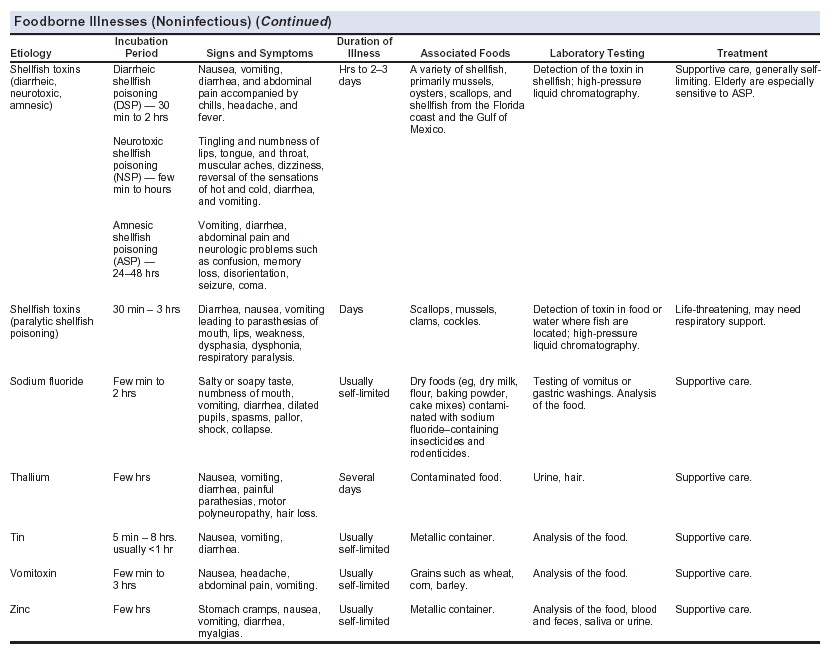Reduce the Risk of Opening a Restaurant
Post on: 16 Март, 2015 No Comment

As the sales of a new restaurant increase relative to its startup investment, so too increase it’s chances for profit and financial success. It’s no secret that the chain restaurants with the highest sales to investment ratios are consistently among the industry’s most successful profit performers too.
Two Main Restaurant Structures
There are essentially two ways to structure a new restaurant venture in terms securing the capital assets required for operation. The most widely used method is to obtain the use of a building space by leasing a facility from an unrelated third party. The other option is to directly, or indirectly through an affiliate, purchase the land and develop the physical structure or buy the land with a building already in place
First, we’ll examine a leasehold scenario. When deciding on the feasibility of a restaurant venture that will be operated in a leased facility, start by calculating the total projected startup investment. This would include the cost of the leasehold improvements, furniture, fixtures and equipment, utility deposits, soft costs like architectural, design, legal and accounting and startup costs including opening labor, training and inventory. It’s also good to include a 10% to 15% contingency for change orders, cost overruns and a working capital reserve for operating losses for the first 3 to 6 months after opening. Here’s a summary of the major cost categories usually included in the startup investment in a leasehold restaurant venture.
For purposes of calculating the sales to investment ratio include the cost of “all” the assets regardless of how they will be financed.
The next step is to estimate the annual sales volume of the proposed restaurant. A logical way to do this is to begin with the days of the week the restaurant will be open and estimate the table turns or number of customers you expect to serve during each meal period. One of the best ways to do this is to spend time during several meal periods on different days of the week in existing restaurants in the market area of the proposed restaurant. Find out what meal periods and days are the busiest, which days and shifts have the longest wait times and when it’s slow. Also, find out when the slowest and busiest times of the year are.
To save time and get loads of valuable information, make a point of introducing yourself to the managers in these local restaurants. Use some tact and diplomacy and they will probably tell you everything you want to know. I’ve often had managers, and even owners, tell me in vivid detail about their sales volume, when they’re busy, slow and how they’re doing this year compared to last. I’m constantly amazed about what other operators, even potential competitors, will tell you when you’re face to face and just ask them questions about their restaurant.

Below is an example of a worksheet I’ve used frequently to make a more systematic and logical estimate of the sales volume in a proposed restaurant. Yes, this does take some time and it’s only as good as the assumptions you make, but, going through this type of detailed, fact finding exercise now can save you loads of heartache and despair down the road.
Step 1: Estimate the number of customer you expect to serve at each meal period in a typical week.
click here to review and purchase the complete set of Restaurant Startup & Feasability Spreadsheets
Again, it’s important to find out how many customers similar restaurants in your market area are serving during these meal periods while taking into consideration seating capacity as well. Taking the time to do this will dramatically enhance your understanding of the local market and improve the quality of your sales projection, which is a “critical” component of your prospects for success.














